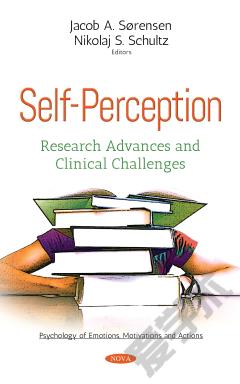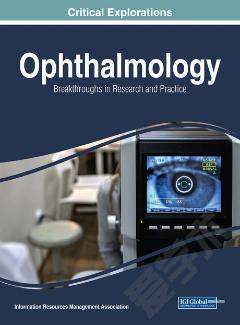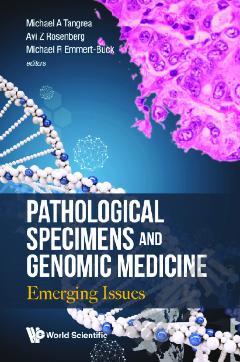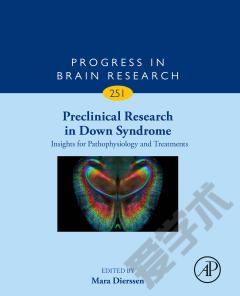Osteoclastogenesis: Research Advances and Clinical Challenges
Bone is a dynamic tissue that undergoes continual adaptations during a vertebrate’s lifespan to attain and preserve skeletal size, shape, and structural integrity, and plays a pivotal role in regulating mineral homeostasis in a living body. Bone homeostasis, which maintains bone mass, is artfully regulated through osteoclasts, osteoblasts and osteocytes in bone tissues. This mechanism is regulated through many hormones, cytokines and immune systems in the bone marrow microenvironment. Aging leads to a reduction in bone mass, which is reduced by a suppression of osteoblastic bone formation and an enhancement in osteoclastic bone resorption. A decrease in bone mass leads to osteoporosis and bone fracture. Osteoporosis is widely recognized as a major public health problem. Moreover, bone loss is shown to stimulate in various pathophysiological states, including inflammation, obesity, diabetes, and cancer cell bone metastasis. Disease associated with bone loss is strongly related to osteoclastic bone resorption. This book focuses recent research topics implicated in osteoclastogenesis and clinical challenges to prevent and treat bone loss.
{{comment.content}}








 京公网安备 11010802027623号
京公网安备 11010802027623号